汤姆·韦塞尔曼·恩茨(1931-2004)
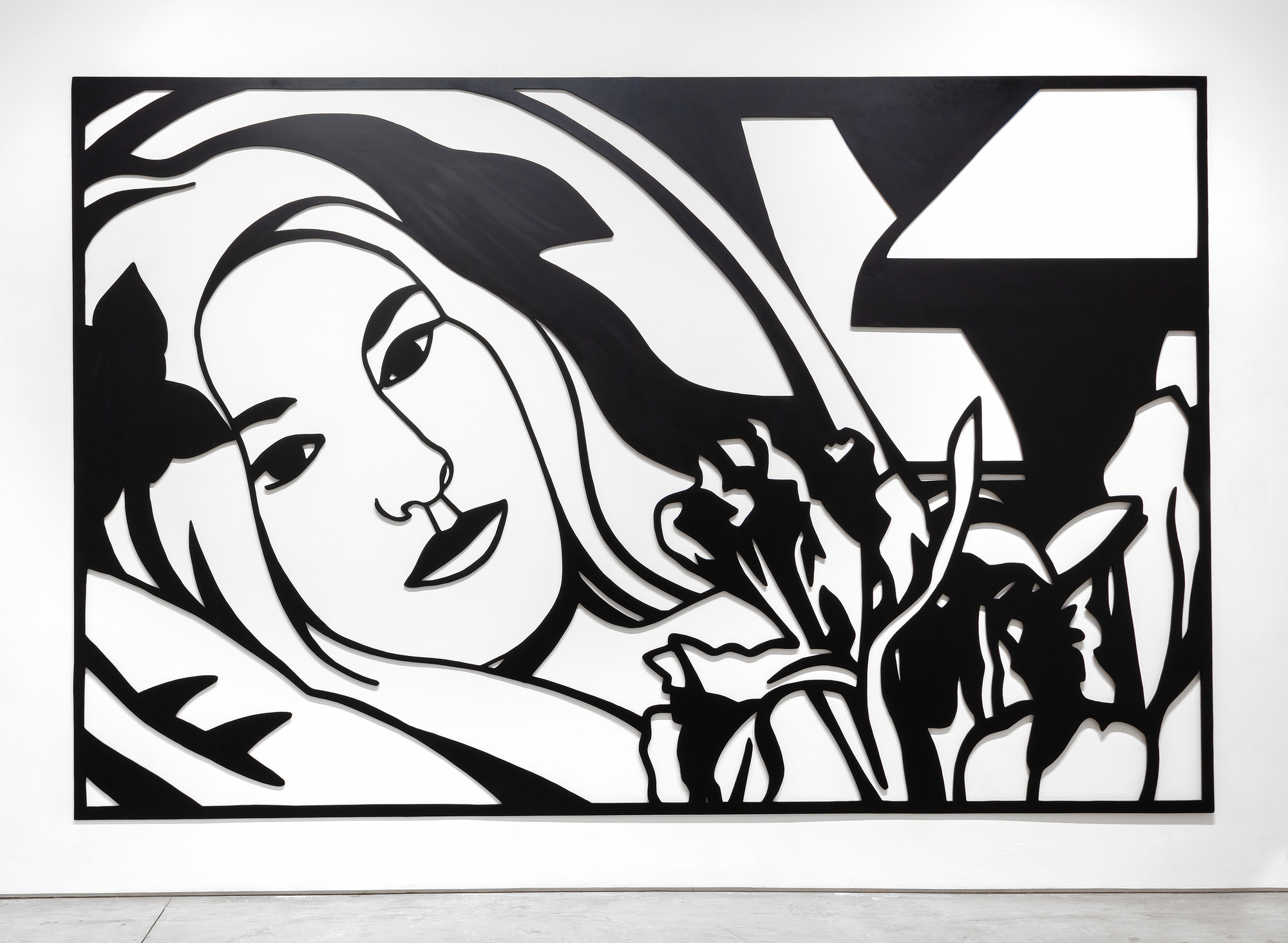
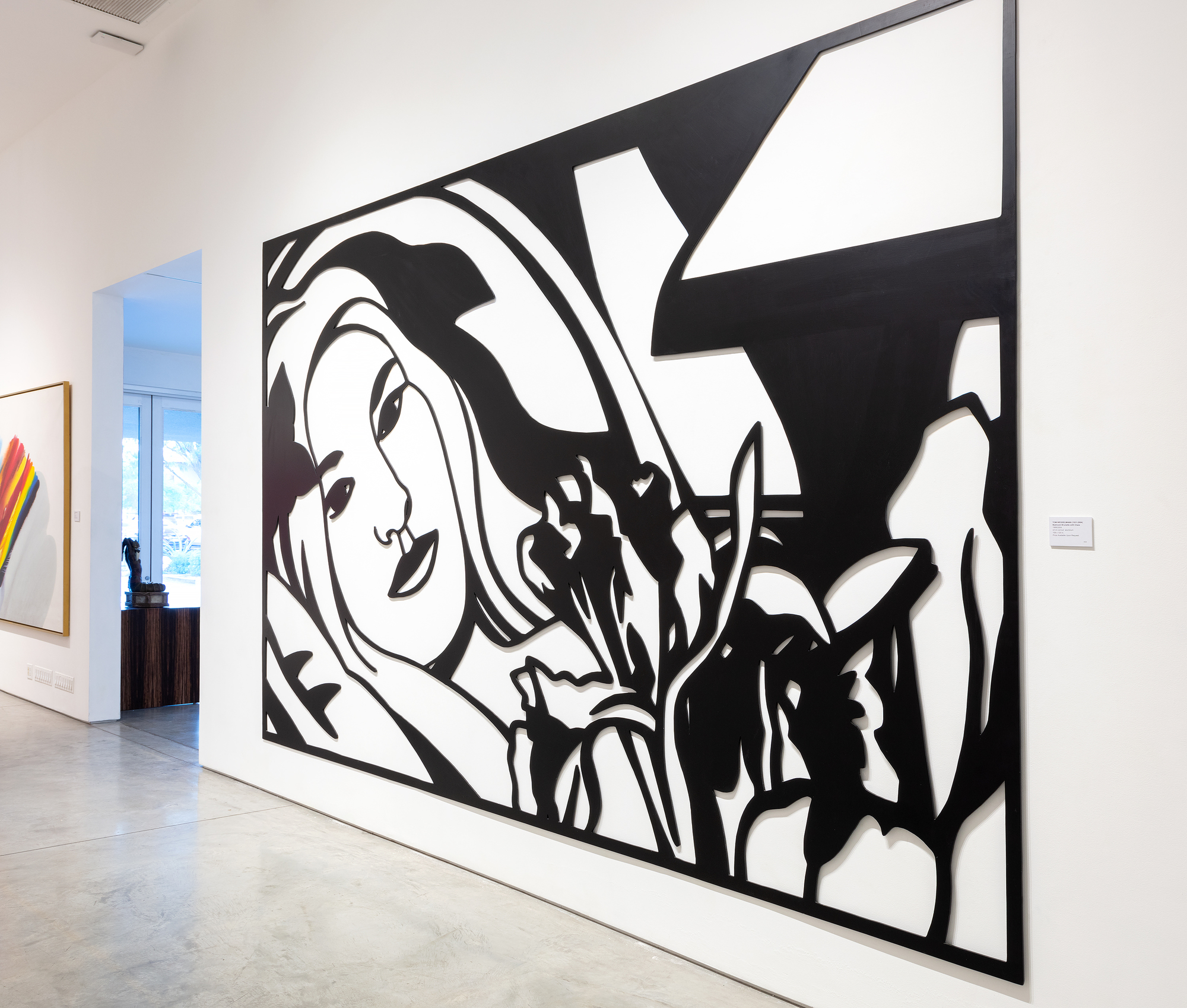
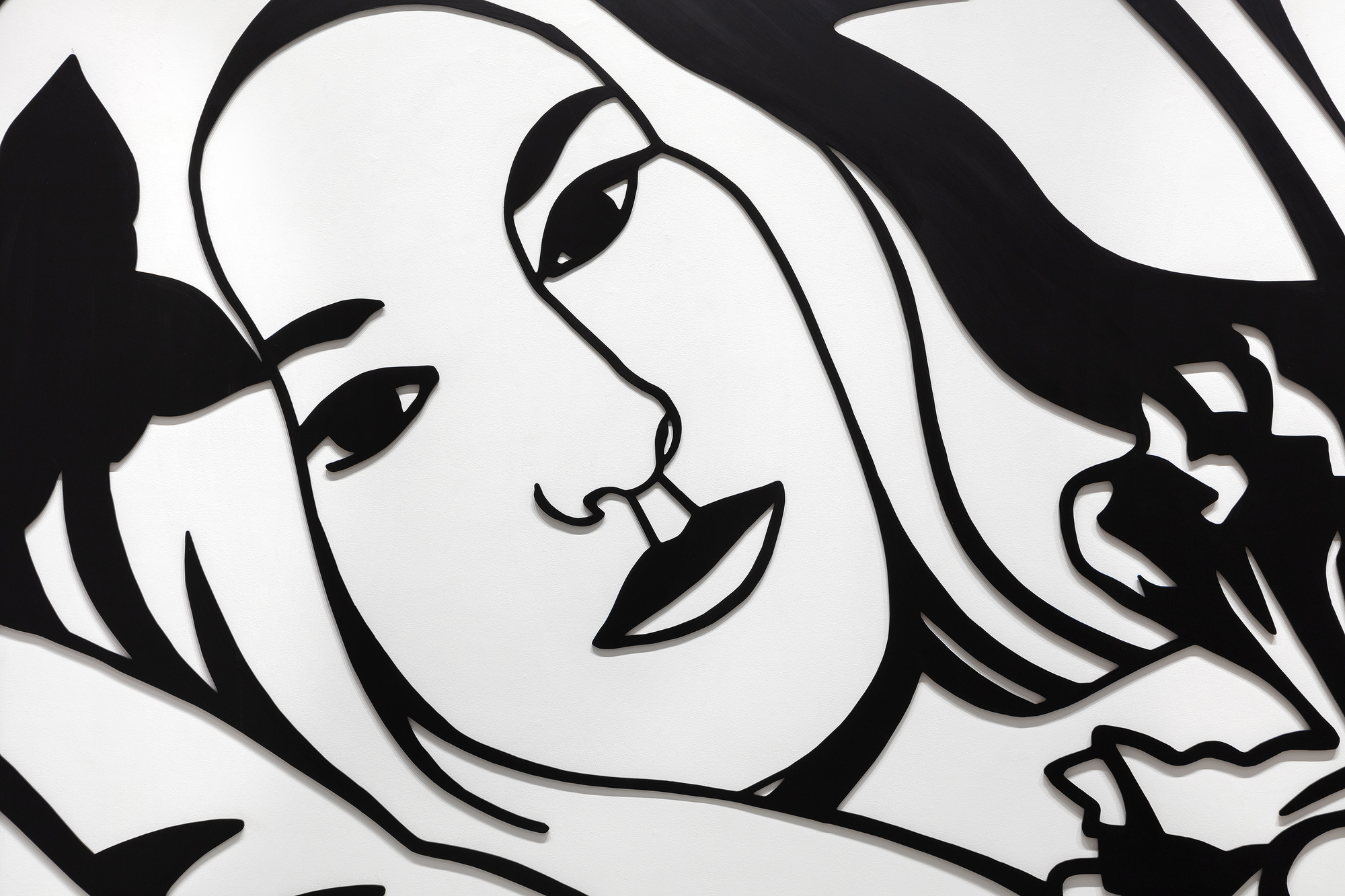
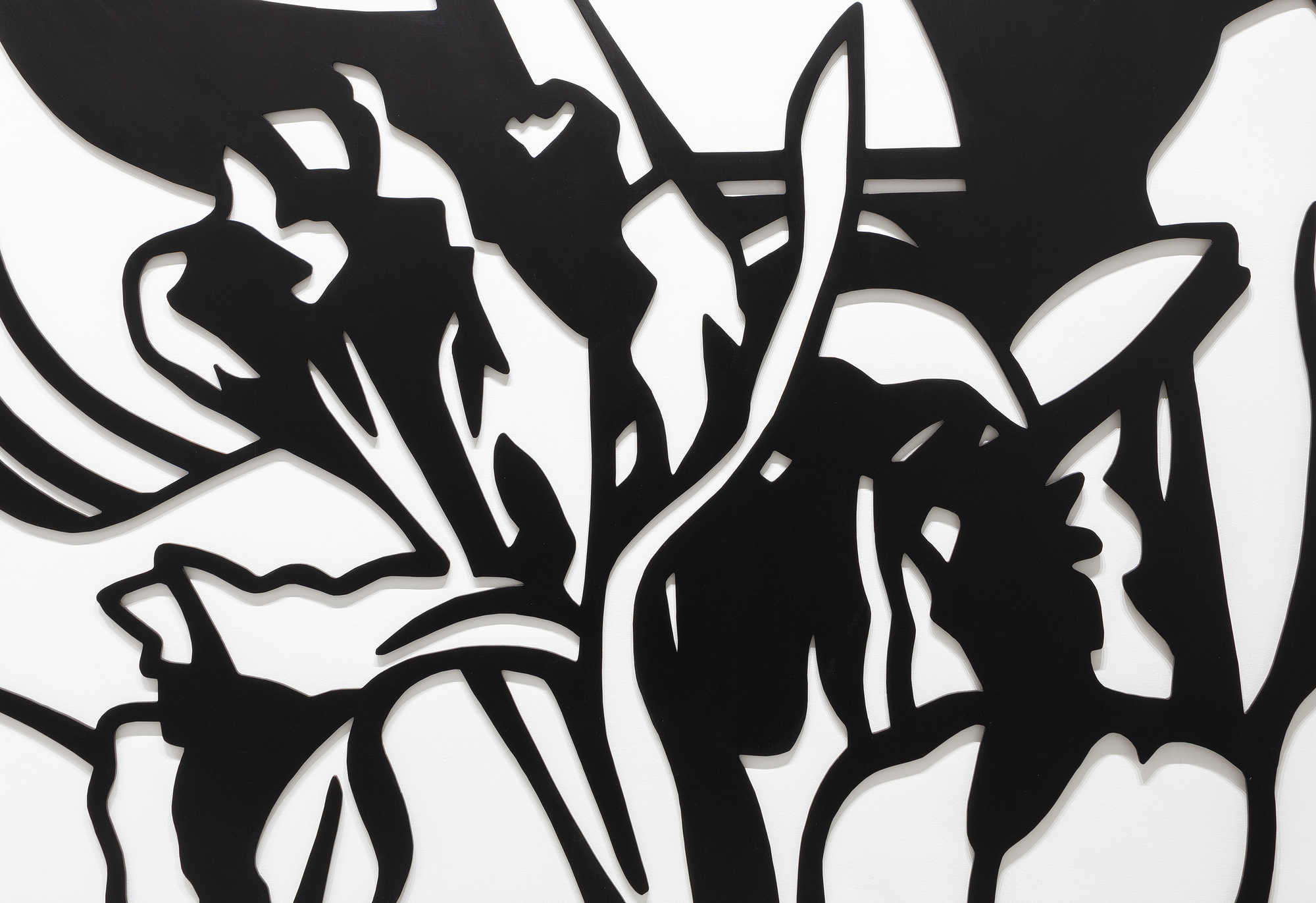
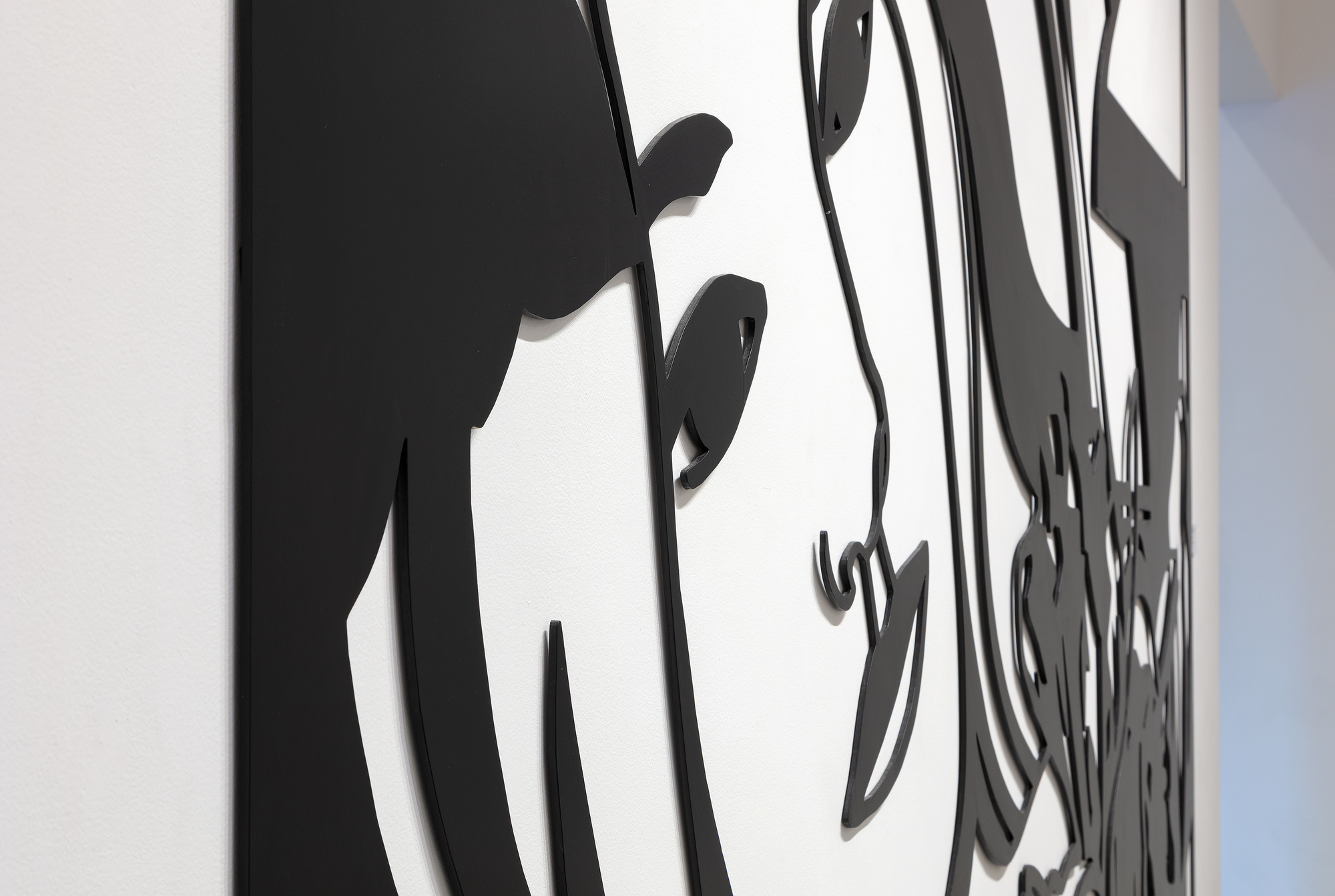
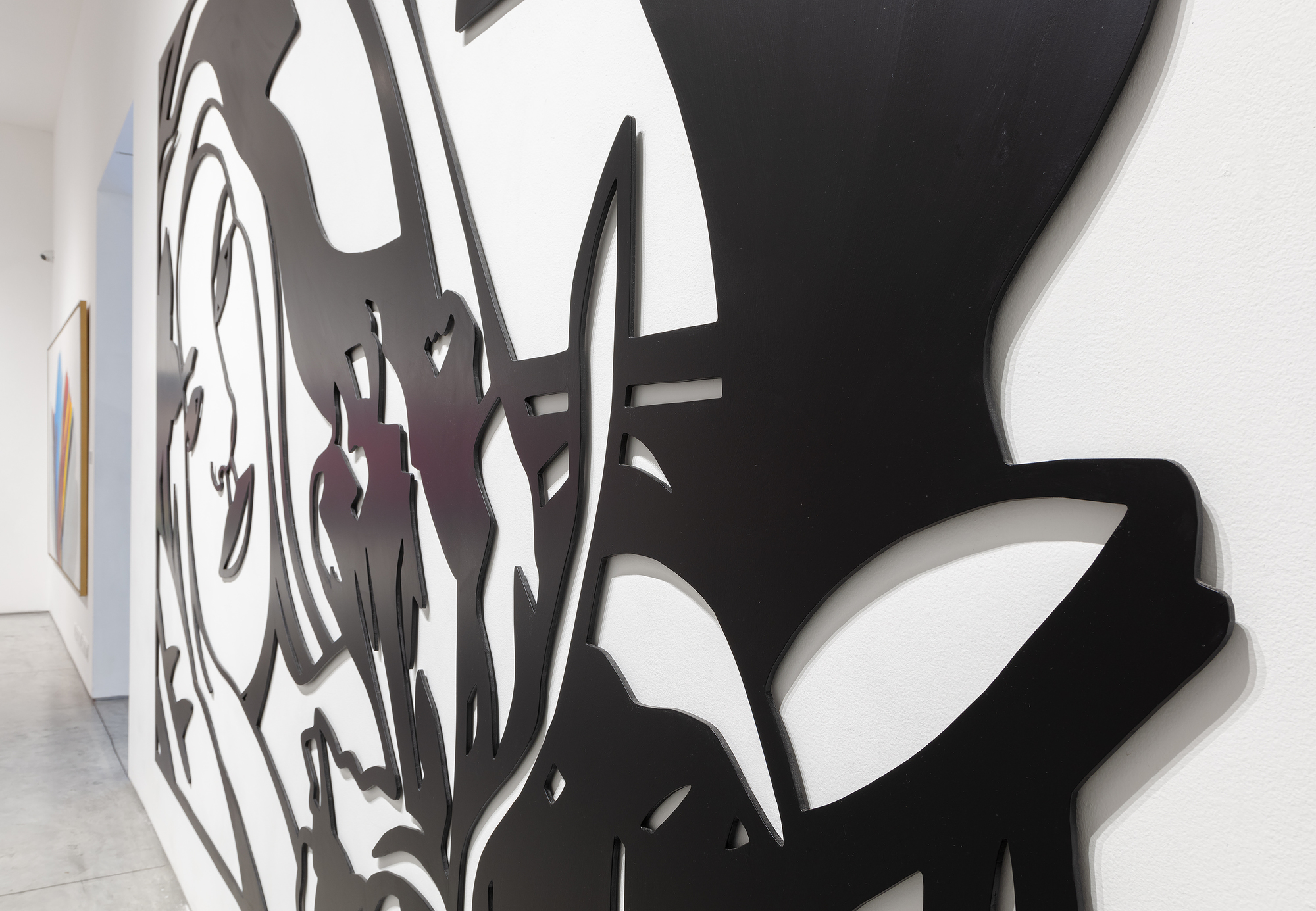
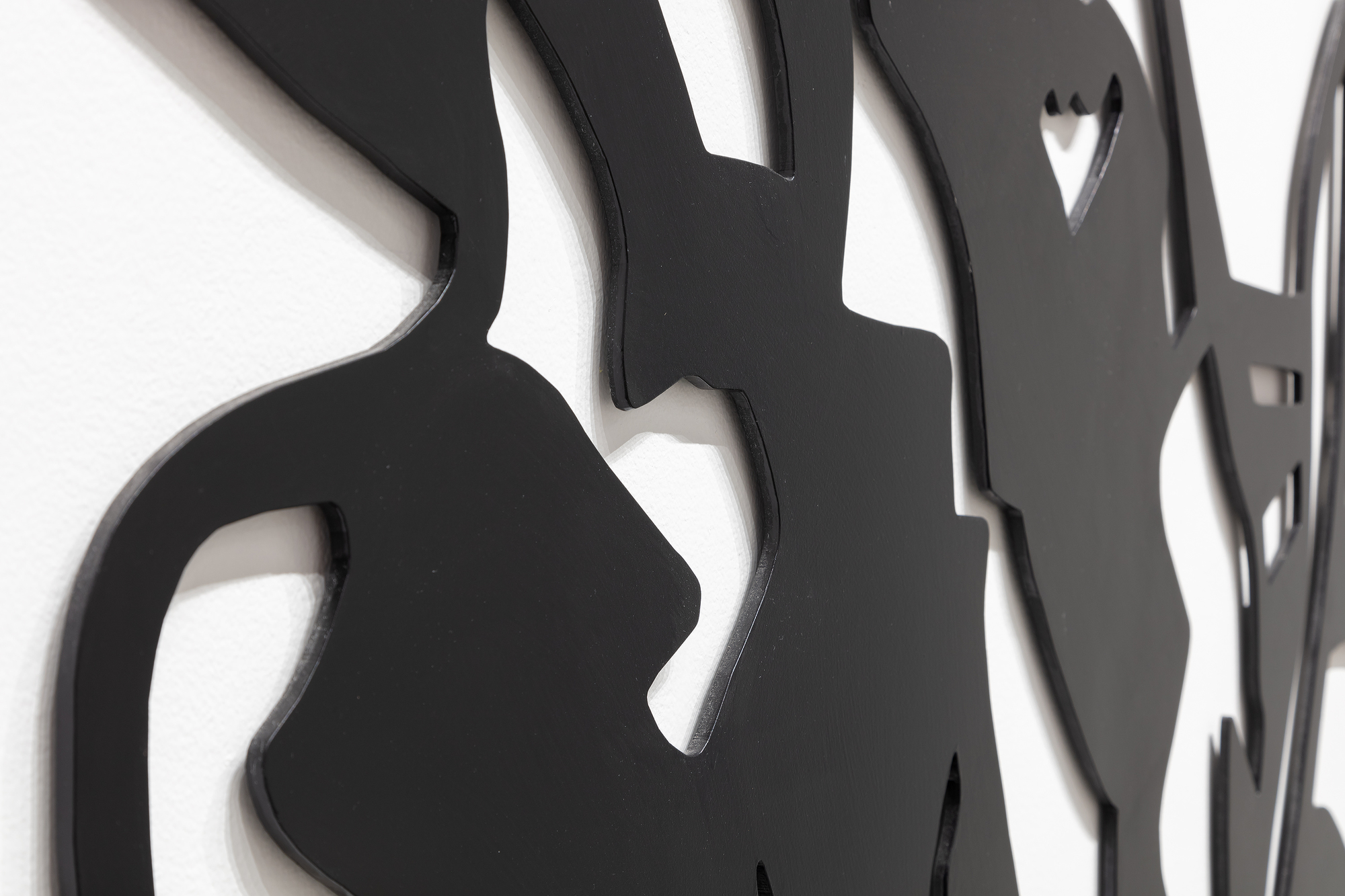
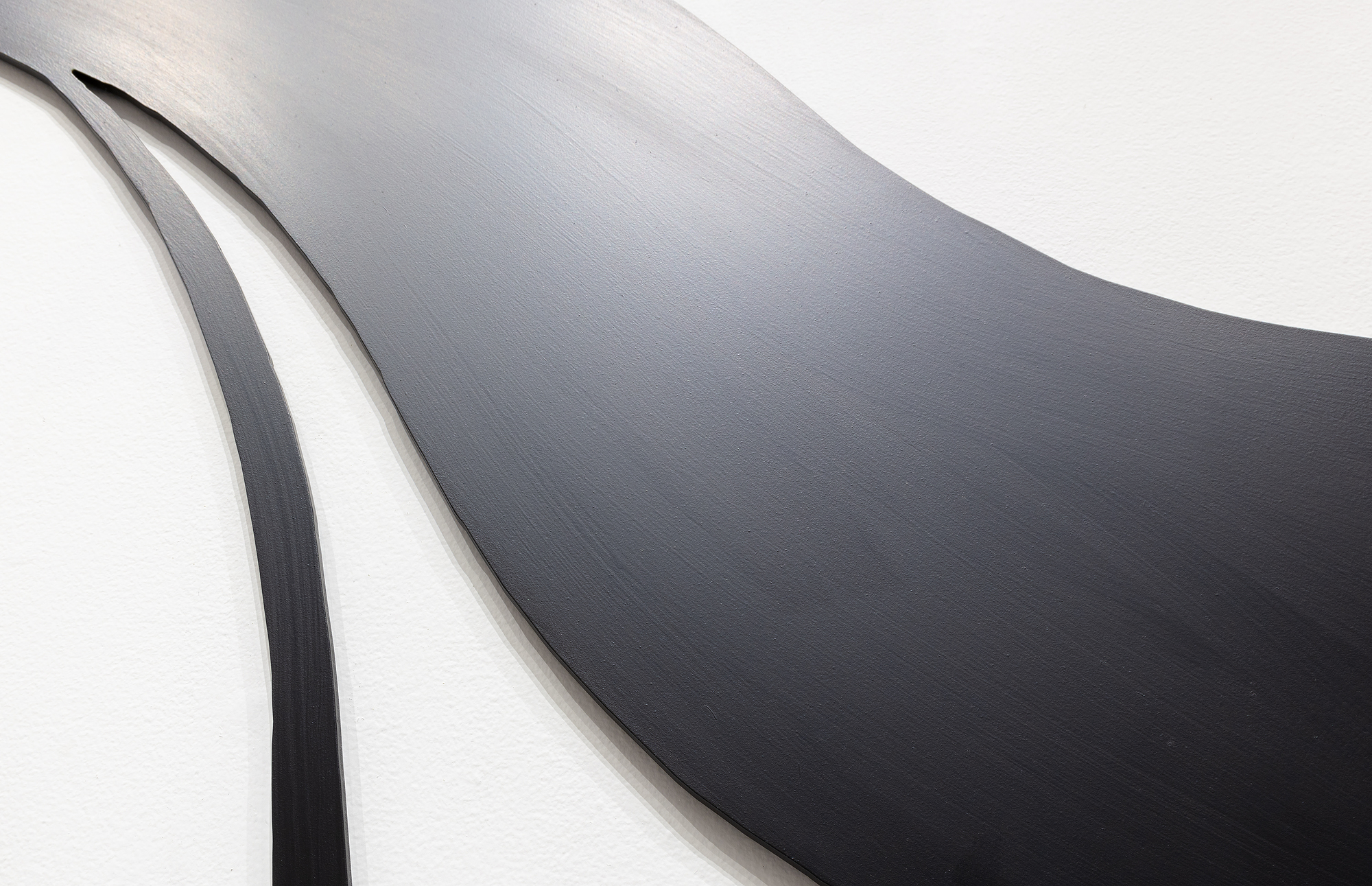
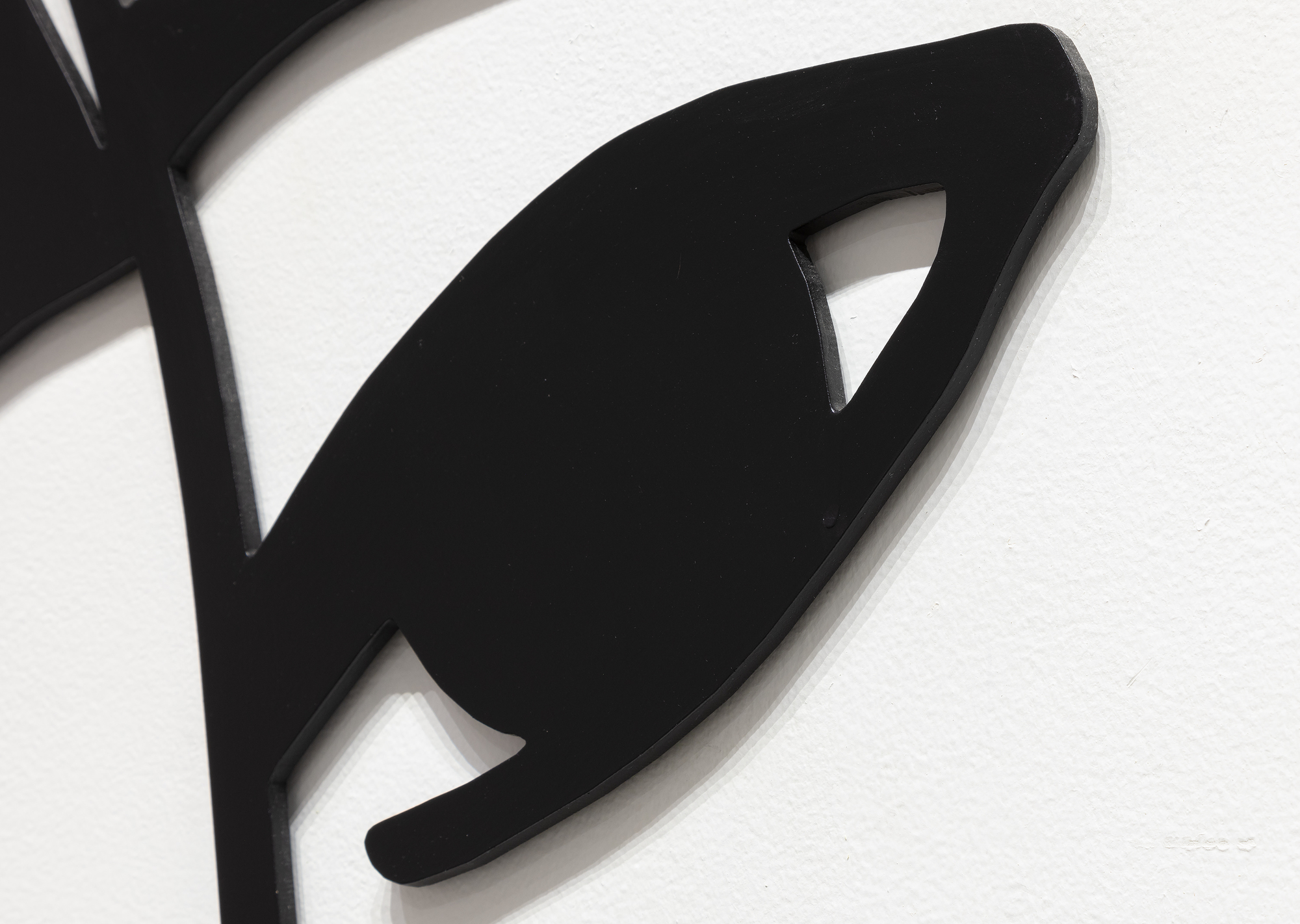
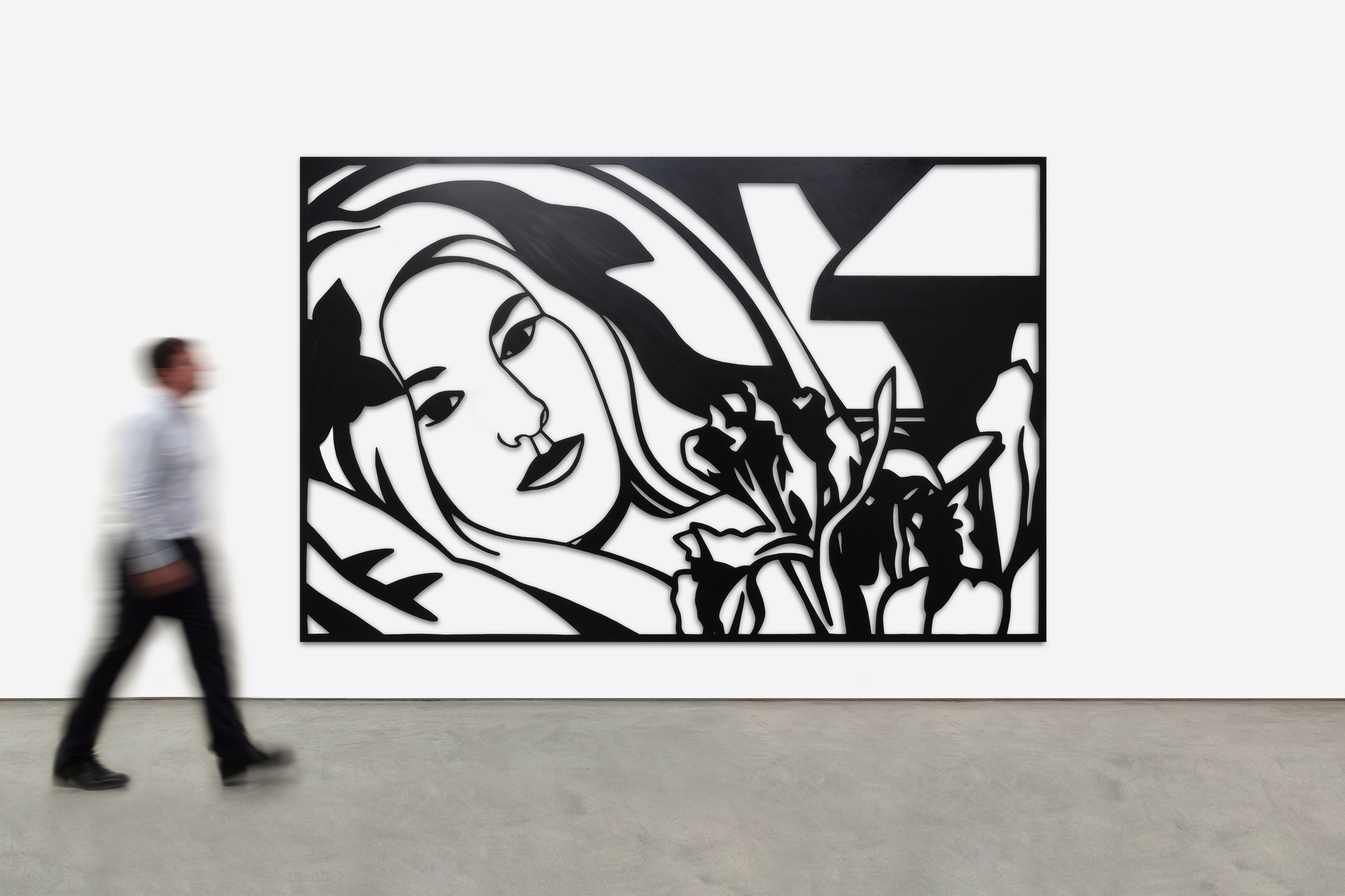
种源
罗伯特-米勒画廊私人收藏,纽约,2004
展会信息
Wesselmann, T., Aquin, S., Montreal Museum of Fine Arts.(2012).汤姆-韦塞尔曼慕尼黑。Prestel
纽约,罗伯特-米勒画廊,汤姆-韦塞尔曼:夕阳下的裸体,2006年3月9日至4月22日(彩色图片)。
罗马,罗马现代艺术博物馆,汤姆-韦塞尔曼,2005年6月8日至9月18日(彩色图片,第174-75页)
文学
John Wilmerding, Tom Wesselmann: His Voice and Vision (New York: Rizzoli International Publications, 2008), p. 253 (color ill. pp. 248-49, as "Bedroom Brunette w...更。。。与Irises, 1988/04")...少。。。
历程
汤姆-韦塞尔曼无疑会因为将他的色情主题与美国国旗的颜色联系起来而被人记住。但韦塞尔曼作为一个绘图员有相当大的天赋,线条是他的主要关注点,首先是作为一个漫画家,后来是作为马蒂斯的狂热崇拜者。他还开创了一种将图画变成激光切割的钢制墙面浮雕的方法,这被证明是一种启示。他开始越来越多地关注为画而画,对这种新媒介可以被举起和握住感到陶醉。"这真的就像能够从纸上拿起一张精致的线条画。
钢笔画》在艺术界引起了兴奋和困惑。惠特尼美国艺术博物馆在1985年购得其中一件开创性的作品后,写信给韦塞尔曼,想知道它应该被编为绘画还是雕塑。这件作品引起了如此大的轰动,以至于当埃里克-菲舍尔到韦塞尔曼的工作室参观并第一次看到钢切作品时,他记得自己感到很嫉妒。他想尝试一下,但不敢。很明显:"汤姆完全拥有这种技术。
韦塞尔曼的这种技术在很大程度上归功于他与金属制品制造者Alfred Lippincott长达一年的合作。1984年,他们一起磨练了一种用激光切割钢材的方法,这种方法提供了他所需要的精度,以显示其草图的自发性。韦塞尔曼称这是 "我生命中最美好的一年",他为自己从未用铝材完全实现的结果感到高兴,因为铝材需要手工切割每个形状。 "我预料到,当我拿回钢制的图纸时,会是多么令人兴奋。我可以把它拿在手里。我可以拿起它的线条......这太令人兴奋了......反正是一种近乎狂喜的感觉,但新作品确实有一些东西抓住了我。"
更市场情报
- 自1976年以来,韦塞尔曼的市场以5.6%的年回报率增长。
- 卧室里的黑发女郎与鸢尾花是该艺术家进入市场的最大作品之一。
- 韦塞尔曼在1988年构思了这个作品,并在2004年12月去世前将其制作完成--这是他最后的伟大作品之一。
- 韦塞尔曼的女性形象是他最理想和最受欢迎的主题之一
- 这幅作品自创作以来一直在同一私人收藏中。
拍卖会的最高结果
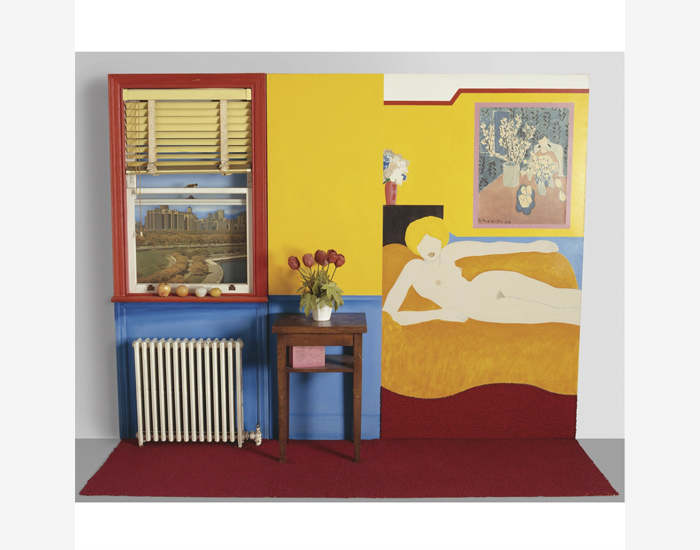
"Great American Nude no.48"(1963年)以10,681,000美元成交。
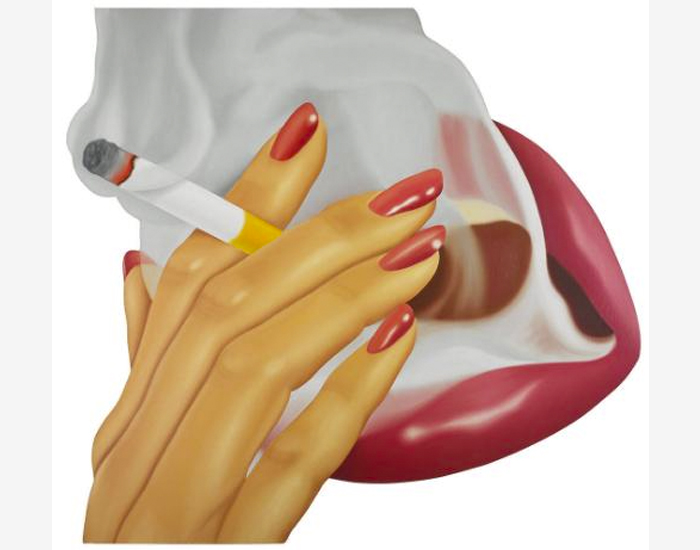
"Smoker #9"(1973年)以6,761,000美元成交。

"Smoker #17"(1973年)以586.4万美元成交。
同类拍卖作品

"Still Life with Four Lizes"(1991年)以2,070,000美元成交。
- 可比的介质,而我们的作品比这个大一倍多
- 虽然它有颜色,但它没有韦塞尔曼作品中那种标志性的女性形象。
- 售价超过200万美元,即每平方英寸380美元,而卧室里的布鲁内特和伊尔 克斯只有每平方英寸115美元,是整体价格的1/3。
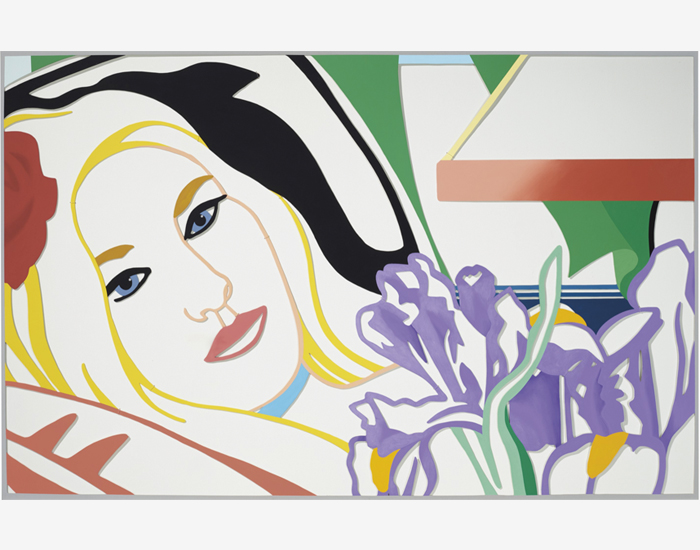
"卧室里的金发女郎与鸢尾花"(1987年)以39.9万美元成交。
- 这幅作品的尺寸是我们的1/3,图像相同。
- 2019年11月以399,000美元成交,是其18万美元最高估价的两倍多,证明了韦塞尔曼市场的日益强大

"反面图画。卧室里的金发女郎与鸢尾花》(1993年),售价489,428美元。
- 一个类似的主题,虽然只是纸上作品,而且是我们作品的一半大小
- 2020年2月以近50万美元的价格售出
博物馆收藏的作品
惠特尼艺术博物馆,纽约
史密森尼美国艺术博物馆,华盛顿特区
芝加哥艺术学院
其他资源
超越波普艺术
你不知道的最著名的流行艺术家
汤姆-韦塞尔曼的《伟大的美国裸体》#53
询问
你可能也喜欢




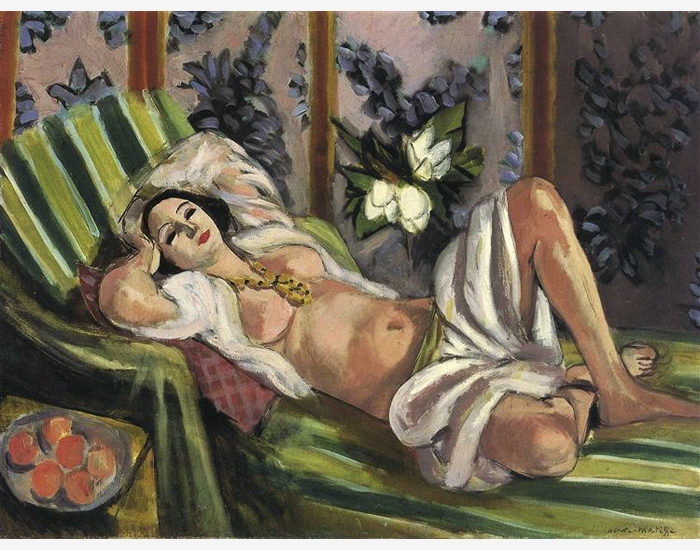








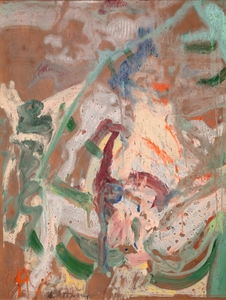
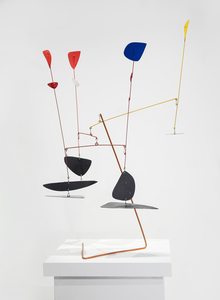
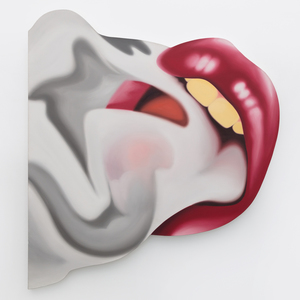

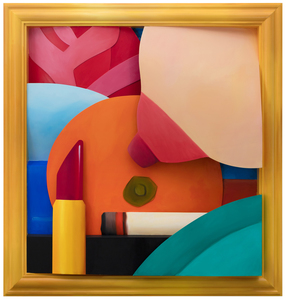
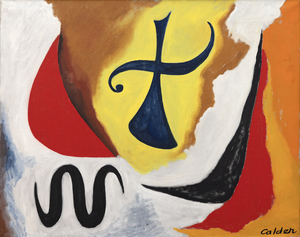
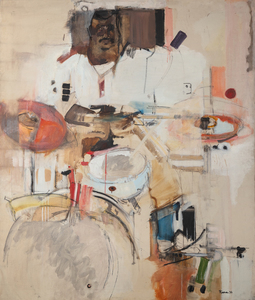
_tn27035.jpg )
_tn44121.jpg )